Cocker spaniel versus springer spaniel: What owners need to know
Which is the more popular spaniel, the springer or the cocker? Shooting Times's David Tomlinson weighs up the pros and cons for these much-loved breeds.

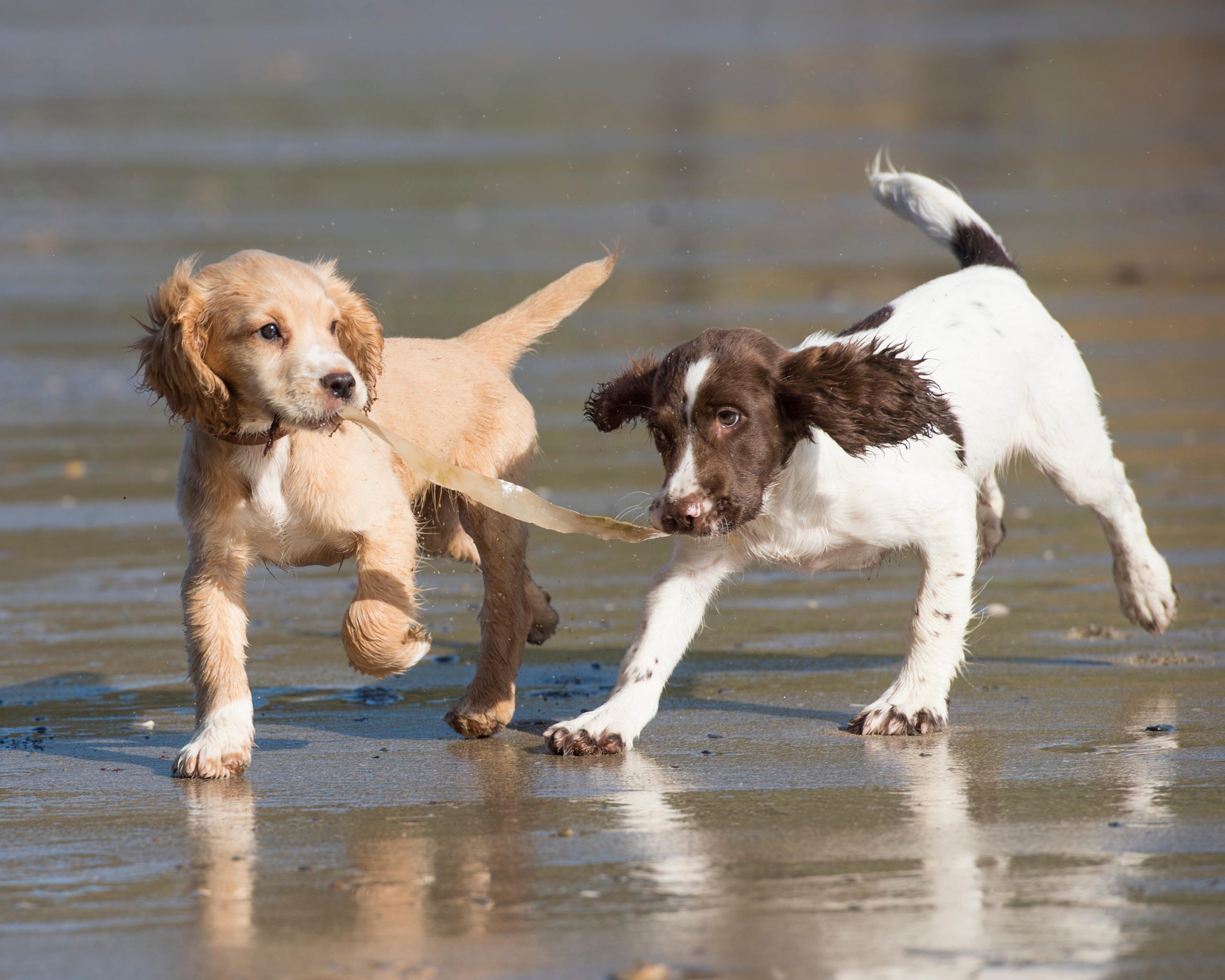
Decisions, decisions: which spaniel should I choose?
Choosing between a cocker spaniel and a springer spaniel has never been more difficult.
According to the Kennel Club’s (KC) figures, cockers are the most popular of the two, with 21,845 registered last year, compared with just 9,837 English springers. However, the KC figures are misleading, as they fail to distinguish between working and show strains of the two breeds, while there are certainly far more pet cockers than springers. And to confuse things, there are a lot of pure-bred working English springers that are not registered either.
My own reckoning, based on the shoots I’ve been on in recent years, is that springers still outnumber cockers, but it seems likely that within a few years the cocker may well be the dominant working spaniel, such is its steadily growing popularity. The cocker reached its low point in the 1960s, when the quality of working dogs was generally poor. During the next three decades there was a slow but steady recovery, but in this century the smallest of our sporting spaniels has established itself as a great sporting companion.
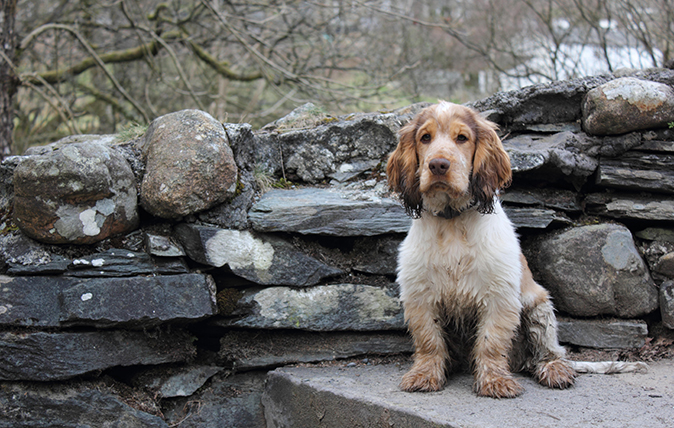
Springers and cockers in history
The springer’s position as the most popular of our working spaniels was maintained comfortably through the 20th century. Writing in 1952, Peter Moxon described the springer as “the ideal rough shooter’s dog, while for anyone who requires an all-rounder the breed will appeal as being most versatile… English springers, if of working stock, love working in cover and water, and are easy to train, besides being very hardy.”
According to Moxon, the plus points of the cocker were the “lovely, fast, happy action and a grand nose” while they “are small enough to penetrate the densest cover of which they are very fond”. However, he pointed out that in his experience, cockers “are not so easy to train as the springers, being rather more selfish and inclined to think about themselves instead of about what the trainer requires of them.”
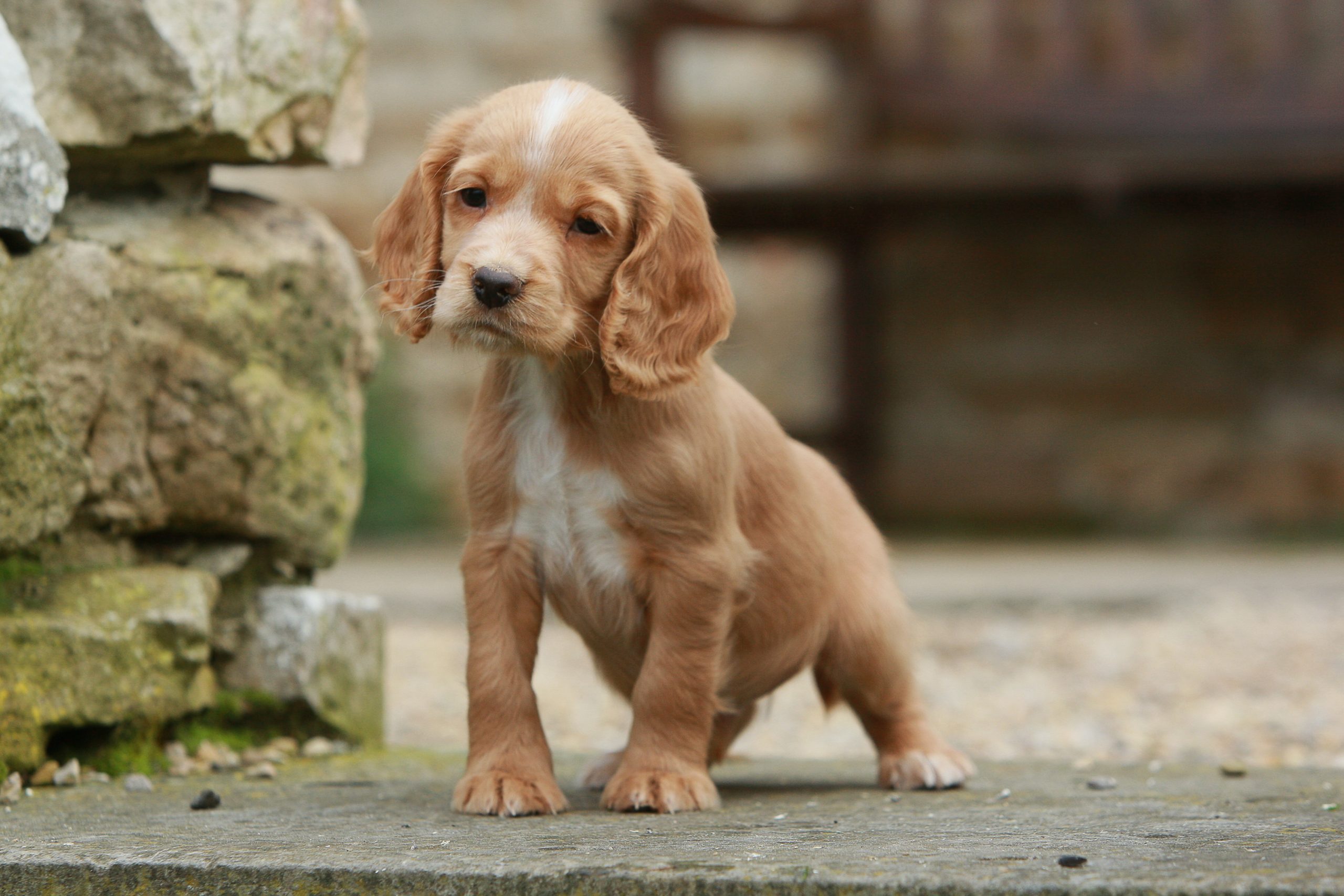
Which is easier to train?
However, those comments were made more than 60 years ago — since then, both cockers and springers have changed considerably. It’s now rare to hear professionals comment that cockers are more difficult to train, because modern dogs have been selectively bred to be more biddable and trainable. The cocker’s natural exuberance may test the novice handler, but there are a lot of springers out there that are equally as challenging to deal with.
Those 60 years have seen changes in the conformation and appearance of the English springer. The division between working and show types started as long ago as the 1930s, when springer enthusiasts were already lamenting the small size of trialling dogs. The post-war years saw the return of bigger, heavier springers with plenty of colour, but modern trialling springers are once again rather small, very quick but have little resemblance to the breed standard.
Exquisite houses, the beauty of Nature, and how to get the most from your life, straight to your inbox.
Looks vs. performance
Many people choose dogs by looks rather than performance. A good springer is one of the most handsome of dogs, but there are an awful lot that are not. In contrast, the great majority of cockers please the eye and it’s rare to see an ugly one. Cockers also have the advantage in that they come in a great variety of colours, from solid black, browns and gold to blue and lemon roans. For those members of the family who might not be interested in the dog’s working ability, the cocker has a strong appeal.
Finding a traditional, handsome working springer is increasingly difficult. The breed standard allows dogs to be 20in at the withers — most show dogs are taller than this, and the majority of working dogs rather smaller. Cockers also range widely in size, but overall a typical working cocker will weigh between 13kg and 14.5kg, a springer around 20kg.
Running costs?
When it comes to running costs, a cocker has a smaller appetite than a springer, so will consume less food. The cocker’s smaller size is also handy if you have a cosy house or small car.
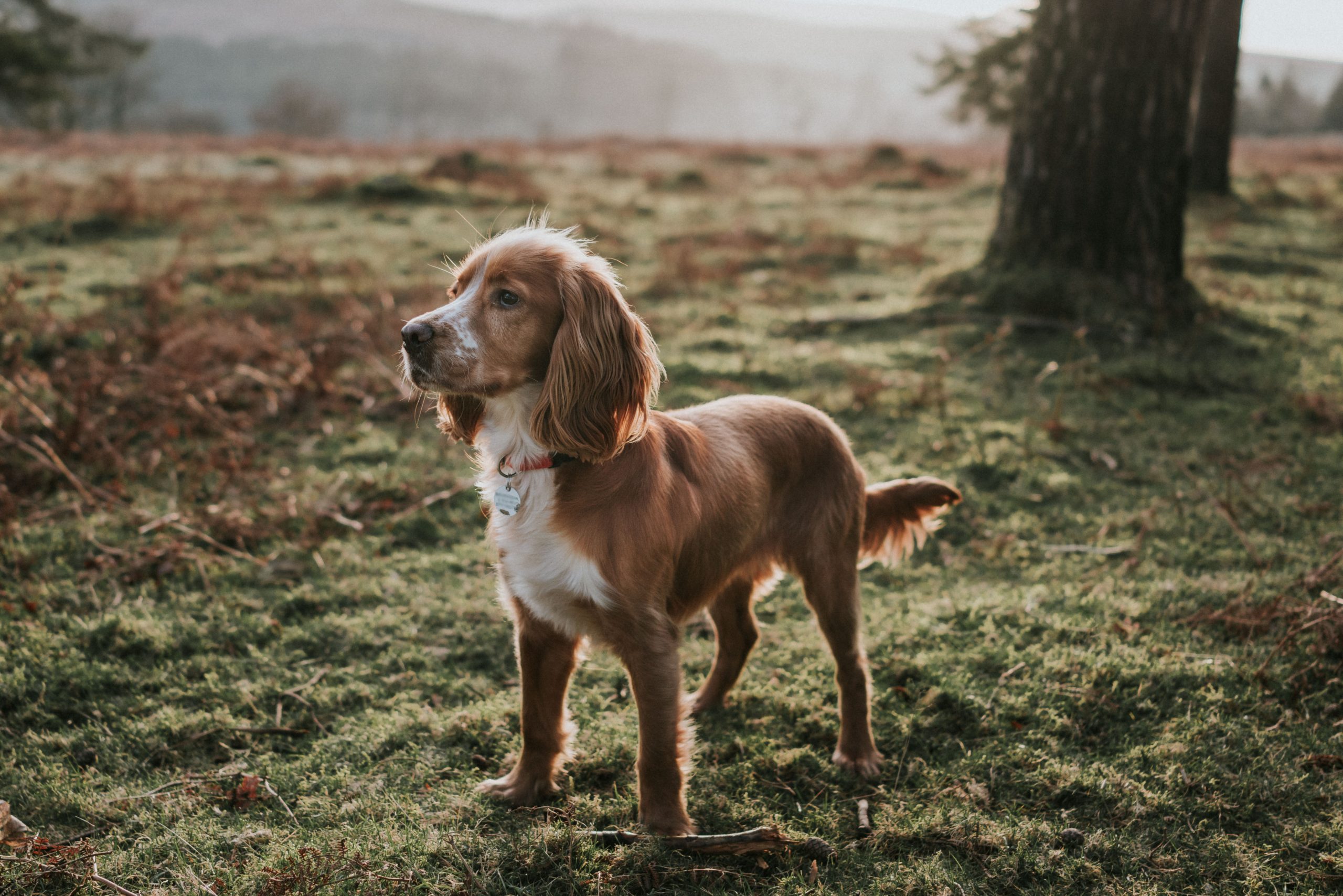
The bargains of the gundog world
Perhaps the biggest difference between springers and cockers is price. Springers remain the bargains of the working gundog world, as you can still buy a sound, working springer puppy for as little as £300. Most cockers cost twice this. One point to watch is the dog’s COI (inbreeding coefficient). In recent years a small number of fashionable cocker sires have been used on a large number of bitches, with the result that many cockers have a relatively high COI, which is not good for the breed’s long-term health. You can check the COI of your puppy’s parents (assuming they are registered) on the Kennel Club’s website.
Fit for purpose
Though both cockers and springers are bred to do exactly the same job, it’s worth remembering that the bigger spaniel of the two, the springer, will find retrieving heavy game that much easier. I’ve seen remarkable little cockers retrieving cock pheasants that weigh almost a third of their own weight, but it’s a bit of a struggle. If you want a picking-up dog, then a springer is the better bet, though a cocker is a wonderful complement to a team of retrievers.
What it comes down to in the end is personal choice: always opt for the breed you like and a puppy that pleases you. If you really can’t decide, there’s always the sprocker to consider. Sprockers are pure spaniels, not designer hybrids, but because they cannot be KC registered they are barred from most competitions.
This article first appeared in 2017.
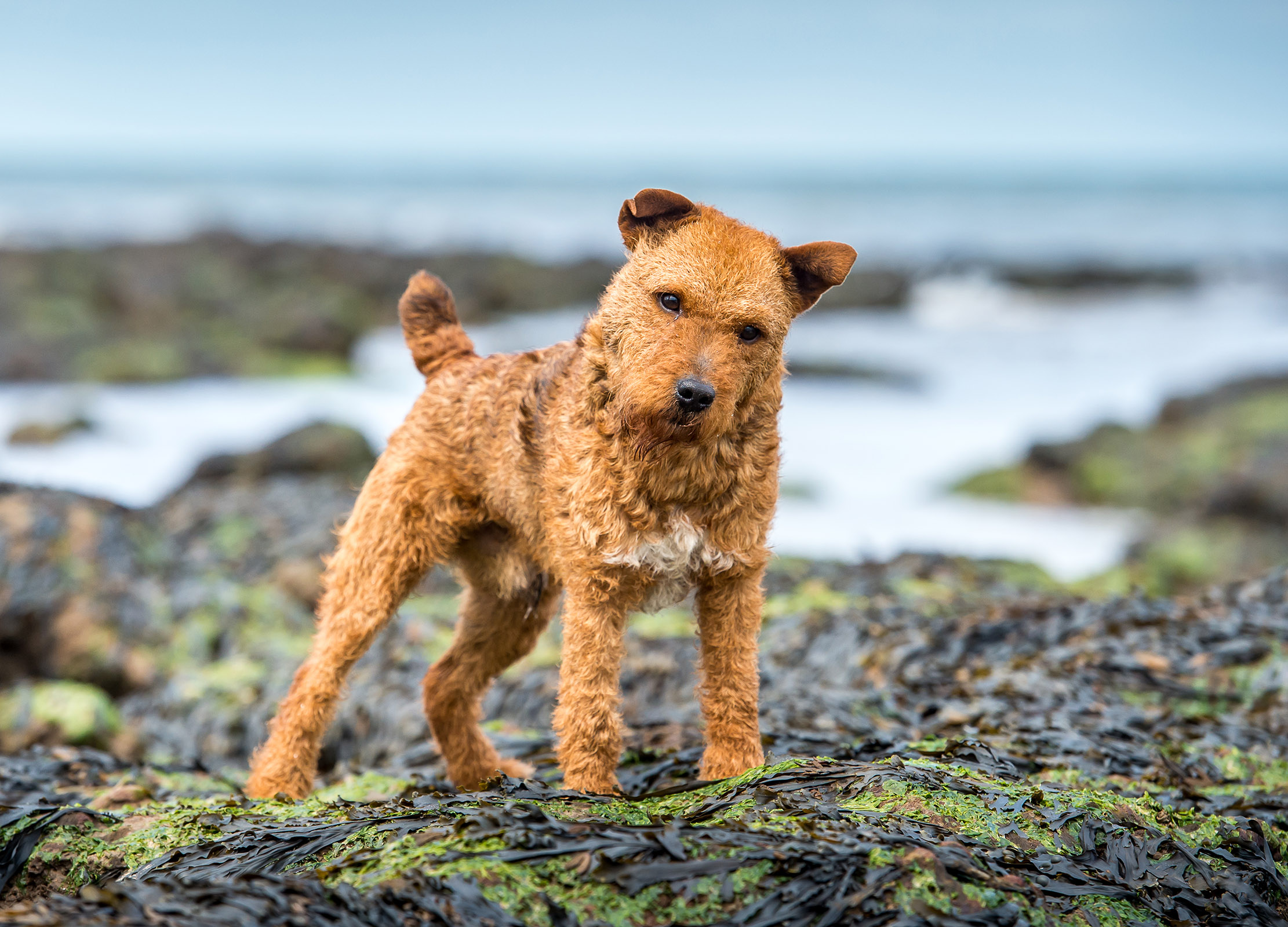
The Lakeland terrier: 'A hard-working handful'
Defining what makes a Lakeland or a fell terrier can be a challenge, but, whichever it is, it'll be a
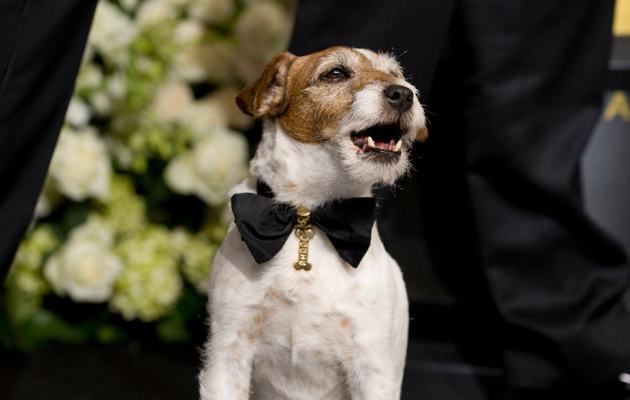
8 famous Jack Russell terriers (and their owners)
Top terriers.
Country Life is unlike any other magazine: the only glossy weekly on the newsstand and the only magazine that has been guest-edited by His Majesty The King not once, but twice. It is a celebration of modern rural life and all its diverse joys and pleasures — that was first published in Queen Victoria's Diamond Jubilee year. Our eclectic mixture of witty and informative content — from the most up-to-date property news and commentary and a coveted glimpse inside some of the UK's best houses and gardens, to gardening, the arts and interior design, written by experts in their field — still cannot be found in print or online, anywhere else.
